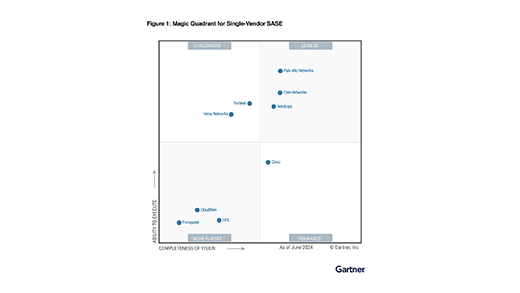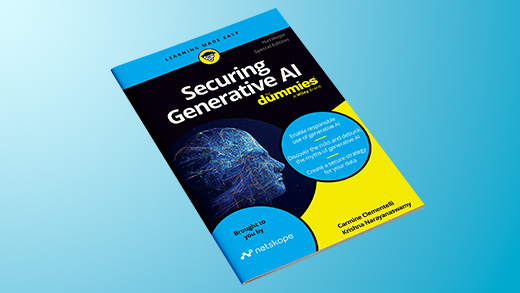I always have a chuckle when I hear folks refer to “workloads” in the cloud as a proxy for how much corporate data they believe are in the cloud. They are thinking of the cloud as a place where teams can host their software and have enough compute and storage resources available when they need it. It is that. But that segment of cloud is dwarfed by cloud apps, where corporate data are proliferating exponentially.
A little more than a year ago, we partnered with the Ponemon Institute to measure the increase in probability of a cloud data breach, and the expected economic impact of such a breach. The research was based on a survey, and one of the questions we asked IT and security leaders was how much of their business data they estimate is “in the cloud” (purposely leaving that question vague). The answer was 30 percent. That was higher than I expected them to estimate, but far lower than what I believe the number really is. I also believe that 30 percent figure has little to do with workloads in the cloud.
To me, workloads are akin to apps. But here’s why the amount of data you have in the cloud dwarfs the data in a workload: Think about how many times you create a business document to visualize, manipulate, calculate, and convey data. You might download a dataset from your CRM (whether in the cloud or on-premises) and then create a spreadsheet (or two, or three, or ten) to perform business analysis. You save the original and the offshoot spreadsheets in Box. You might also make some PowerPoint slides from the analysis to present at your next executive staff meeting, and you send the presentation to key participants for feedback. Your head of sales takes your PowerPoint and creates one of her own, makes some changes, saves the revision to Google Drive, and shares the deck with her global sales leaders who save copies in OneDrive. One of those sales leaders downloads the deck from Google Drive, re-uses some of the slides in a wholly different deck meant for partners and uploads the deck to Dropbox, then shares it externally with partners. Before you know it, business data from your single dataset just made their way into dozens of different files across at least four different clouds, including outside of the company.
And that’s just the first twenty minutes.
This is why when we estimate how much of our data are in the cloud, looking at workloads isn’t the right measure. The more realistic and relevant way to think about it is how data get downloaded, edited, shared, synced, uploaded, and…




 Back
Back 















 ブログを読む
ブログを読む